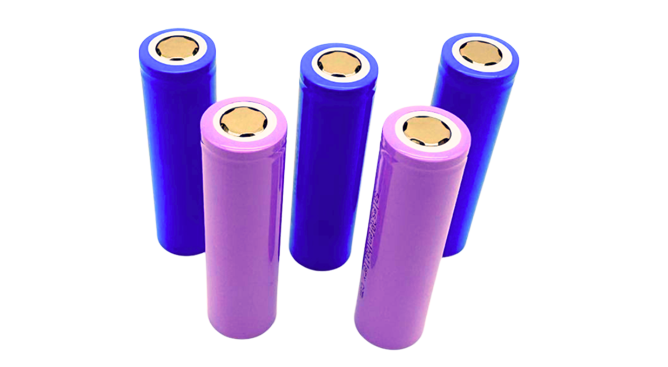Manufacturing steps of 18650 cylindrical lithium battery cap structure.
At present, most lithium-ion batteries in the industry market, such as 18650 cylindrical lithium batteries, use combination caps containing various components such as thermistors (PTC) and working current cutoff mechanisms (CID). The working current cut-off mechanism and aluminum base plate are welded together, and their main feature is that the selected material is relatively soft. The aluminum base plate will be welded together with the nickel strip on the positive electrode of the battery, so under normal conditions, the working current cut-off mechanism belongs to the positive terminal of the battery.
When the battery cell is overused, especially during overcharging, a large amount of gas will be generated inside the battery cell. Mainly because the interior of the battery cell is a fully enclosed space, these gases will act on the cap at the top of the battery cell head, that is, on the aluminum base plate at the cap and the welding area of the working current cut-off mechanism. When the internal air pressure reaches the maximum pressure value of the welding point between the working current cut-off mechanism and the aluminum base plate, the working current cut-off mechanism will disconnect from the aluminum base plate. Mainly because the material of the working current cut-off mechanism is relatively soft and will not cause significant damage due to disconnection. At this moment, the disconnected working current cut-off mechanism is no longer energized and is no longer the positive terminal of the battery. The entire circuit is disconnected to ensure the safety of the battery cells.

In the traditional cylindrical
lithium battery cap structure, the selected material for the working current cut-off mechanism is usually pure aluminum, which is relatively soft. In the actual production and manufacturing situation, it often occurs in overcharge testing that the solder joints of the working current cut-off mechanism cannot be broken at once with the aluminum base plate, resulting in the inability to immediately cut off the working current and causing serious damage to the battery cell.
